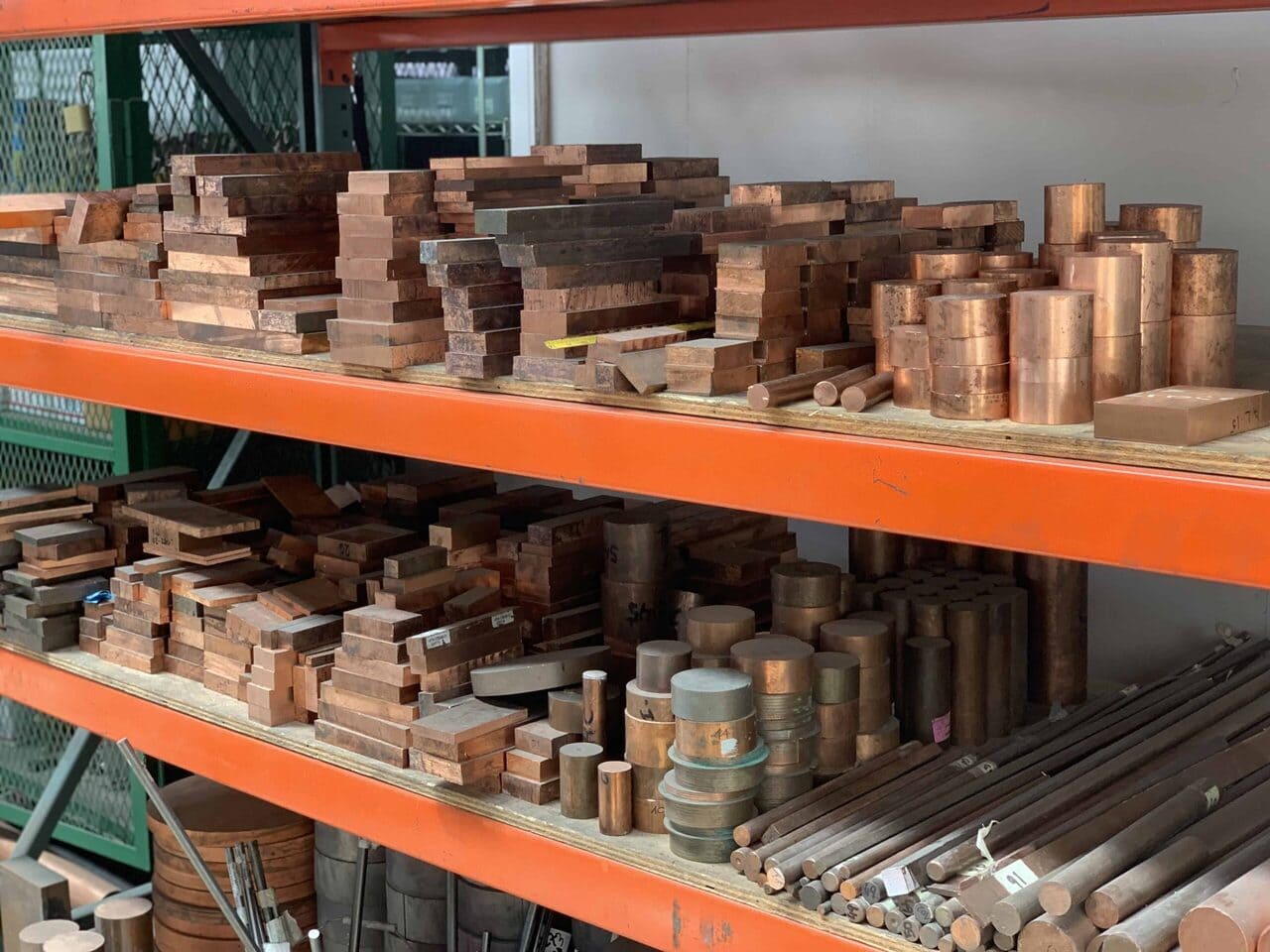The maker movement has revolutionized manufacturing in the 21st century. Tools, technology, and training have never been more accessible, allowing a return to self-sufficiency and cottage industry for those who would rather create than just consume.
Makers are not just hobbyists or DIY-ers. They’re artisans who are just as serious about the quality of their work as global manufacturers—if not more so. As a maker, you know the quality of your product is only as good as the materials you put into them. Therefore, it’s crucial to have a broad knowledge of the different types and grades of metals available and their properties so you can select the perfect material for your project.
For makers who work with metal, steel and aluminum are two of the most fundamental metals, but other metals are also available for specialized applications. Below are some common and not-so-common metals for makers to consider when designing products.
Carbon Steel
Carbon steel is a steel with no specified minimum content for any alloying metal. It is usually categorized by carbon content—low, medium, or high.
Low-Carbon Steel
Low-carbon steel contains up to 0.30% carbon. It has lower strength and hardness than other steels, but it’s tough and ductile, making it great for cold-forming methods like crimping, bending, or pressing. However, very low-carbon steels can be difficult to machine because they’re so soft. Typical uses of low-carbon steel are in automobile body panels, wire products, containers, and machinery.
Medium-Carbon Steel
Medium-carbon steel ranges from 0.30-0.60% carbon. It’s stronger and harder than low-carbon steel but less ductile. Medium-carbon steel machines well, but it’s more difficult to weld. Uses of medium-carbon steel include shafts, axles, gears, crankshafts, couplings, and forgings.
High-Carbon Steel
High-carbon steel contains from 0.60-1.00% carbon and has very high strength and hardness. This gives it valuable properties but makes it tough to work with. High-carbon steels are used for springs, tools, wear components, and high-strength wires.
Low-Carbon Steel |
Medium-Carbon Steel |
High-Carbon Steel |
|
|
|
Stainless Steel
Stainless steel has the same basic ingredients as carbon steel—iron and carbon. The difference is that stainless steel alloys contain at least 10.5% chromium. Chromium and other alloying elements give stainless steels their distinct physical characteristics, like their shiny appearance and excellent corrosion resistance.
There are many types of stainless steel. The most common are 300-series and 400-series.
300-Series Stainless Steel
300-series stainless steels are tough, ductile, and resistant to corrosion and high temperatures. They tend to weld easily, but most grades are difficult to machine.
304 SS is by far the most common grade of stainless steel. It has a wide variety of applications, including food handling and processing equipment, fasteners, machinery parts, architecture, utensils, and car parts.
400-Series Stainless Steel
These stainless steels are stronger and harder than the 300-series but are less corrosion-resistant. They are much easier to machine and tend to be less expensive. Typical applications of 400-series stainless steels include automotive exhaust systems, heat exchangers, furnaces, appliances, and food equipment.
300-Series Stainless Steel |
400-Series Stainless Steel |
|
|
Aluminum
Steel’s toughness and resilience suit it for many purposes, but it has some drawbacks. Steel is heavy and, depending on the type, difficult to form and susceptible to corrosion. When applications demand properties that steel can’t handle, aluminum is another common, affordable metal that has several benefits over steel, such as:
- Low weight
- Malleability
- Exceptional corrosion resistance (aluminum doesn’t rust)
Compared to steel, aluminum is lighter and more malleable while still providing decent strength. However, it is a little more expensive than steel. When weight or corrosion is an issue, or when parts need to be formed into delicate shapes, aluminum is an excellent choice.
Like stainless steel, aluminum alloys are divided into grades according to their properties and alloying elements. Some of the more common grades are described below.
2000-Series Aluminum Alloys
2000-series aluminum alloys include copper as the primary alloying element. Although this improves their workability, they are not as corrosion-resistant as other aluminum alloys. When heat-treated, these alloys can reach strengths comparable to steel. They are often used in aircraft for their excellent strength-to-weight ratio.
3000-Series Aluminum Alloys
3000-series aluminum is alloyed with manganese, which improves its strength while retaining the formability of pure aluminum. It is very easy to work with and can be drawn, spun, welded, and brazed. These alloys are commonly used in cookware and heat exchangers.
5000-Series Aluminum Alloys
The 5000-series includes magnesium as the primary alloying element. 5000-series aluminum alloys have moderate to high strength, good corrosion resistance in marine environments, and good weldability.
6000-Series Aluminum Alloys
The 6000-series includes magnesium and silicon as the primary alloying elements. 6000 alloys are used in a wide variety of products and applications that require an attractive appearance plus high strength, low weight, and corrosion resistance—for example, bicycle frames. Some versions of the iPhone have used 6000-series aluminum extrusions.
2000-Series Aluminum |
3000-Series Aluminum |
5000-Series Aluminum |
6000-Series Aluminum |
|
|
|
|
Other Precision Metals for Makers
Titanium
Titanium is renowned for its strength, light weight, and resistance to heat, water, chemicals, and corrosion. Its uses include drive shafts, turbine blades, jewelry, and dental implants. It‘s often used for medical devices and implants because it is biocompatible and non-magnetic.
Titanium’s strength-to-weight ratio is unparalleled. It’s about as strong as steel but is 45% lighter, and it’s twice as strong as aluminum. Titanium has a low coefficient of thermal expansion, which means it does not expand or shrink as much as other metals in extreme temperatures.
Tungsten
Tungsten is an extremely hard, brittle metal. It is used for applications that require high weight or strength in tight spaces, like counterbalances in crankshafts. Because of its low thermal expansion and exceptional heat resistance, it is also used for filaments in lights and electronics.
Copper
Copper is an incredibly versatile metal because of its high thermal and electrical conductivity, corrosion resistance, machinability, and ductility. It’s very easy to weld, solder, braze, or plate. Copper also has antimicrobial properties, making it a popular material for hardware like doorknobs and railings.
Some common examples of copper applications include electrical components, architectural accents, heat exchangers, jewelry, lighting, plumbing, and cookware.
Cupronickel
This copper-nickel alloy is highly resistant to saltwater and therefore ideal for propellers, shafts, and other hardware used in marine environments. It’s also very durable and is a good electrical conductor.
Monel
Monel is a nickel-based alloy containing several alloying elements, including copper, silicon, carbon, iron, and manganese. Its excellent corrosion and acid resistance make it ideal for refinery components. It’s also used for some components of high-end musical instruments, including woodwind rotors, valve pistons, and guitar strings.
Where to Purchase Affordable Precision Metals
Whether you’re fabricating in a machine shop or your garage, Industrial Metal Service can supply steel, aluminum, and other metals to the San Francisco Bay Area and all over the country. We have a wide variety of certified metals on hand, provide cut-to-size sawing services, and offer same-day pickup or next-day delivery on most orders.
We’re open Monday through Friday from 7:00 AM to 4:00 PM and Saturday from 8:00 AM to 12:00 PM. If you’re a maker looking for metal for your next project, Industrial Metal Service can help. Give us a call to discuss your metal supply needs.
 Cast Plate
Cast Plate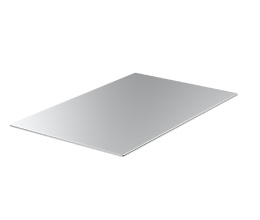 Sheet
Sheet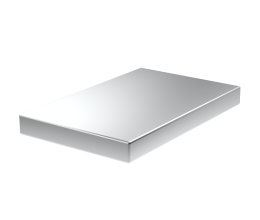 Plate
Plate Rectangular Bar
Rectangular Bar Flat Bar
Flat Bar Square Bar
Square Bar Round Bar
Round Bar Diamond Plate
Diamond Plate Angle
Angle Channel
Channel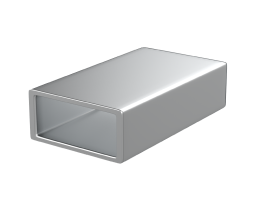 Rectangular Tubing
Rectangular Tubing Square Tubing
Square Tubing Round Tubing
Round Tubing Pipe
Pipe Sheet
Sheet Plate
Plate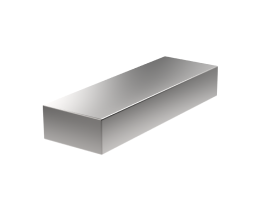 Flat bar
Flat bar Diamond Plate
Diamond Plate Angle
Angle Channel
Channel Rectangular tubing
Rectangular tubing Square tubing
Square tubing Round tubing
Round tubing I Beam
I Beam Sheet
Sheet Plate
Plate Rectangular Bar
Rectangular Bar Square Bar
Square Bar Round Bar
Round Bar Rectangular Tubing
Rectangular Tubing Square Tubing
Square Tubing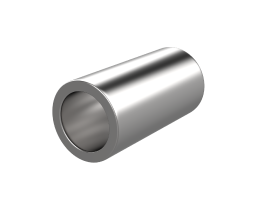 Round Tubing
Round Tubing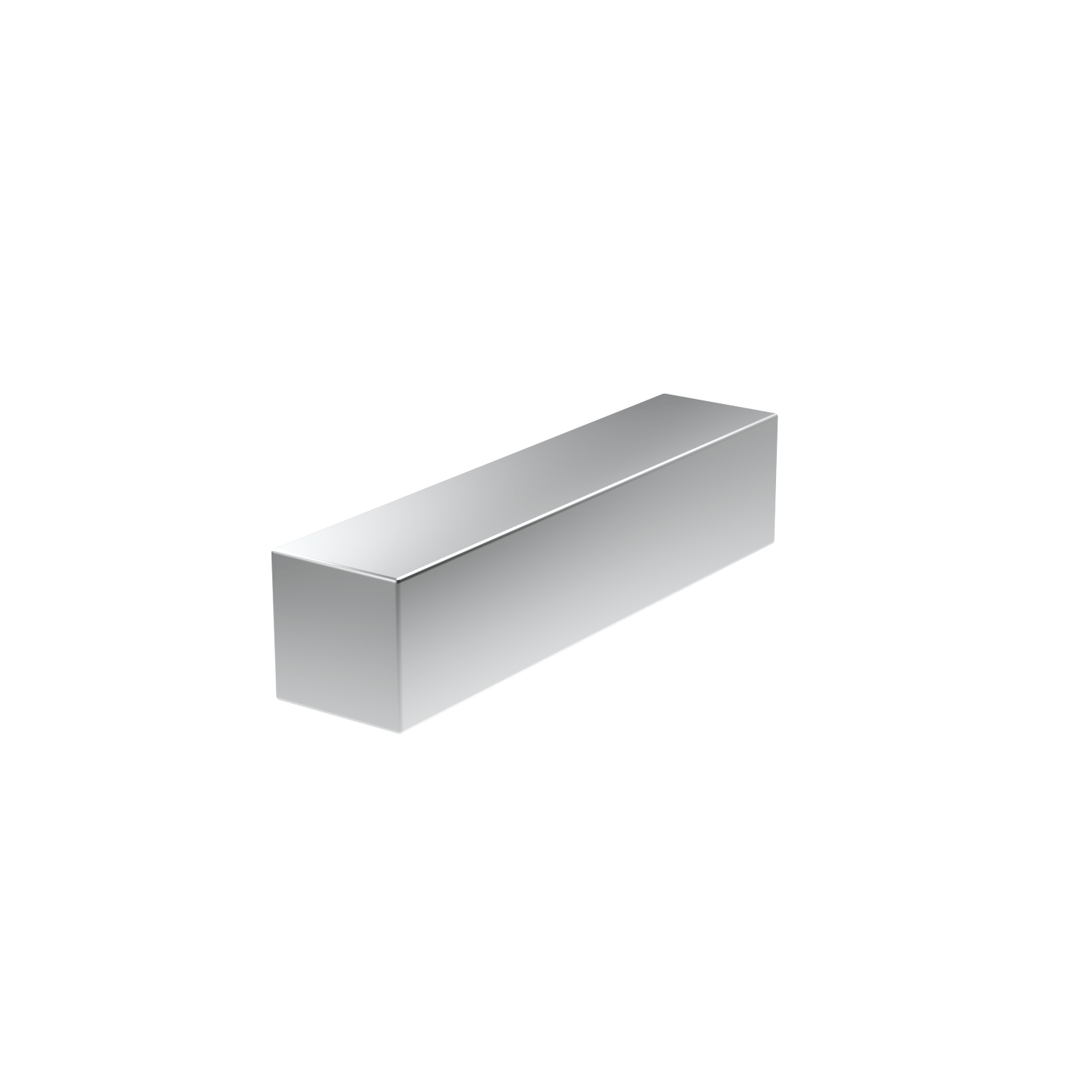 Square Bar
Square Bar Angle
Angle Round Plate with Drophole
Round Plate with Drophole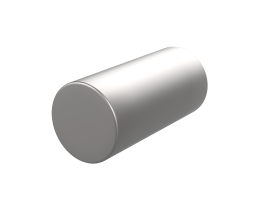 Round Bar
Round Bar Flat Bar
Flat Bar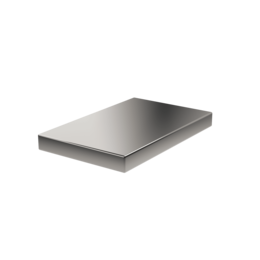 Plate
Plate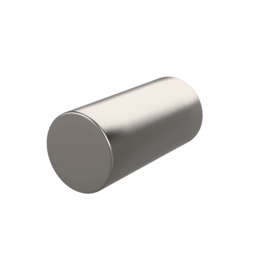 Round Bar
Round Bar
